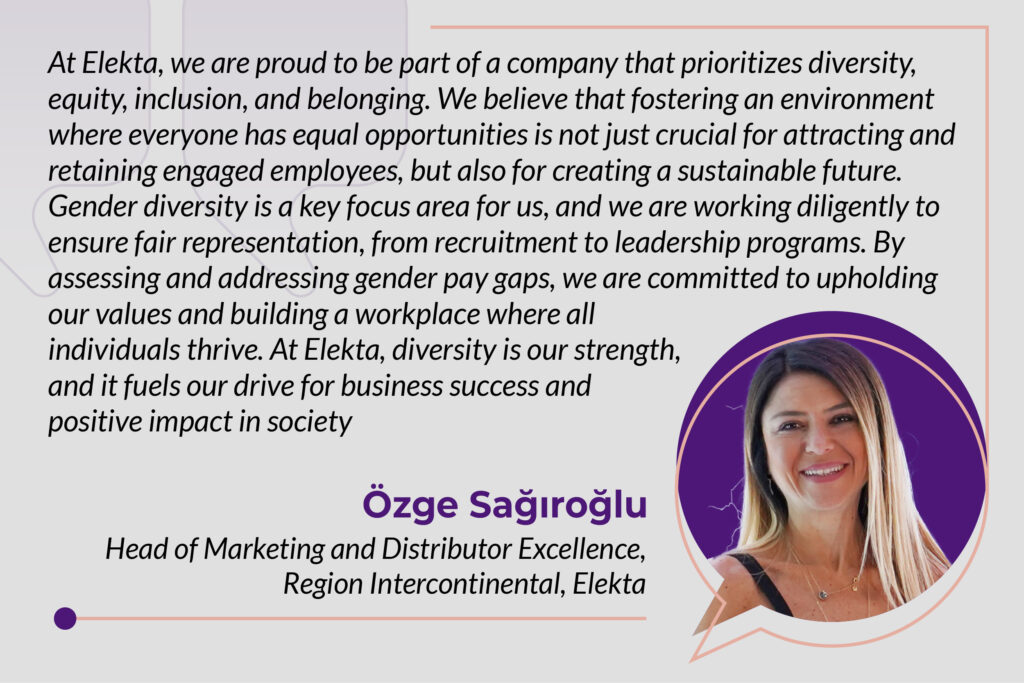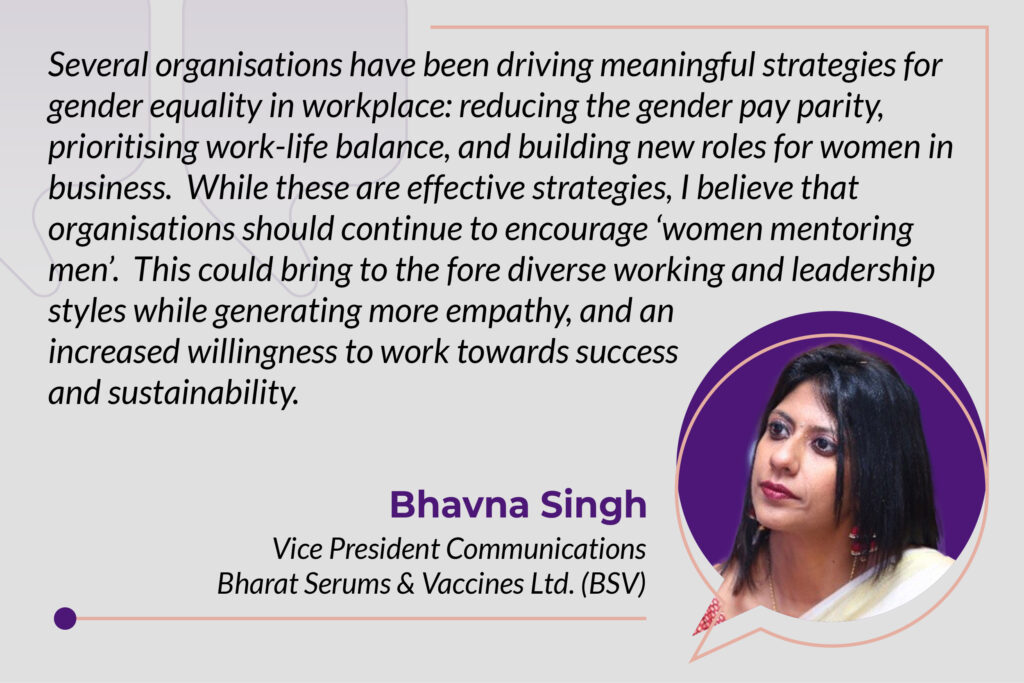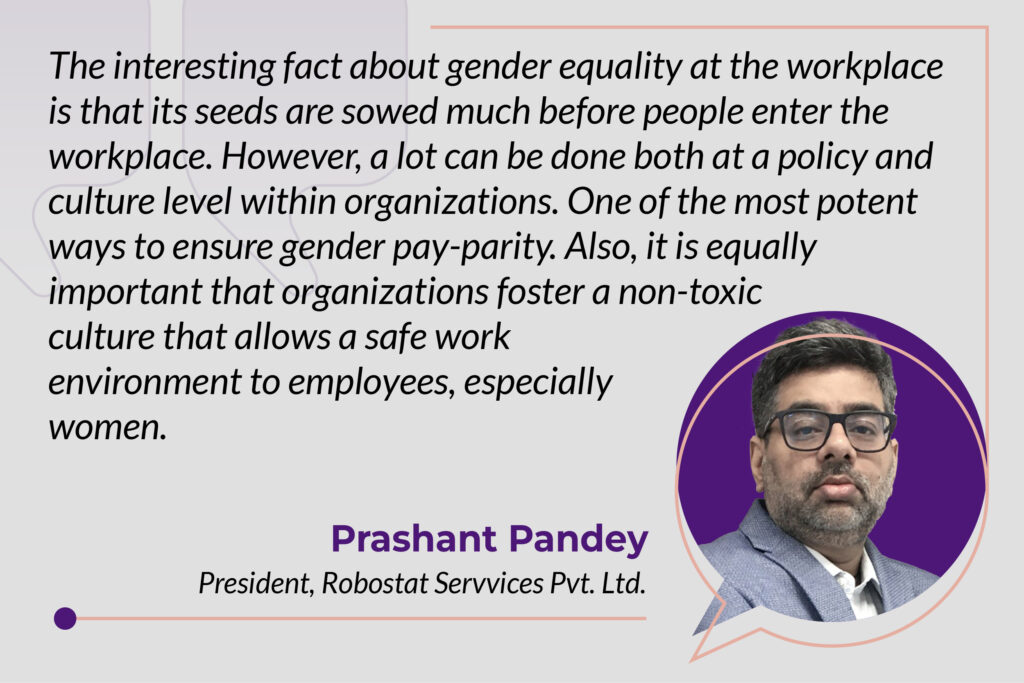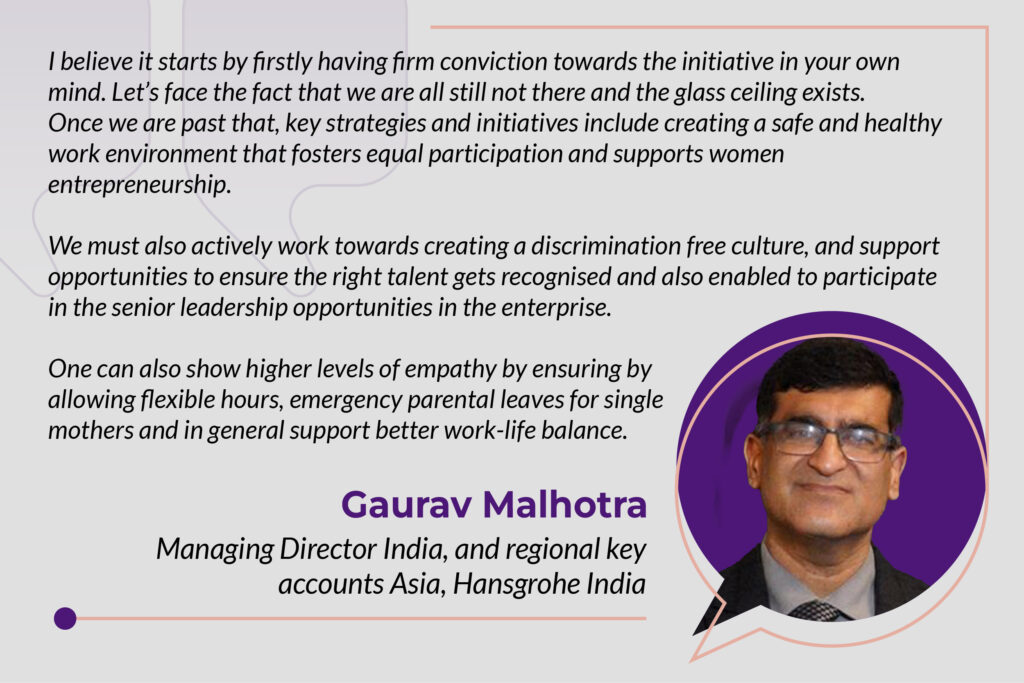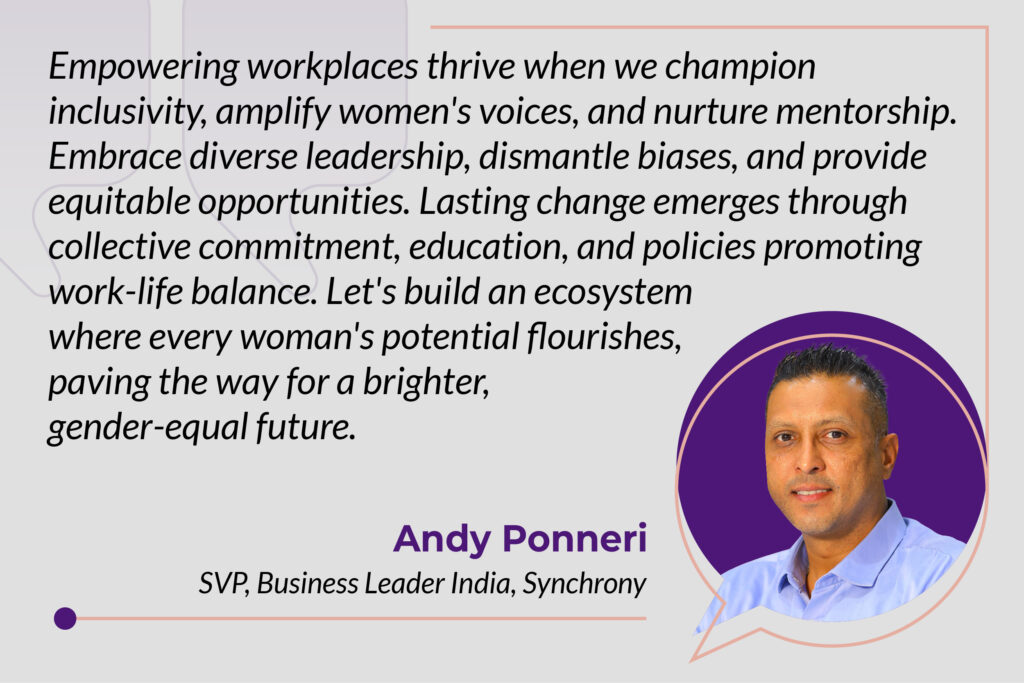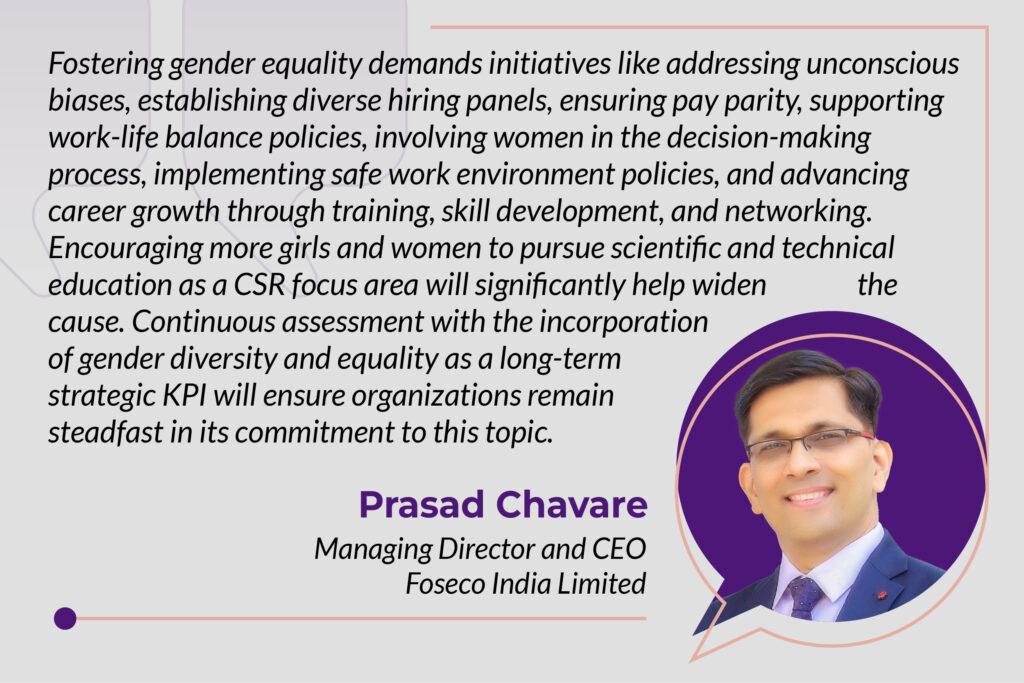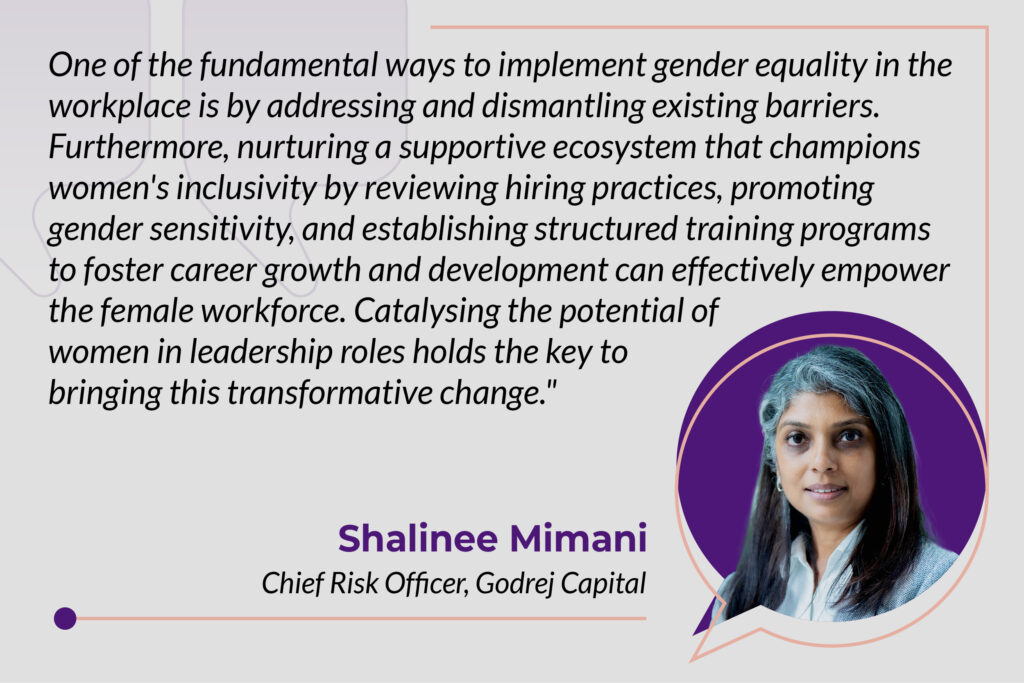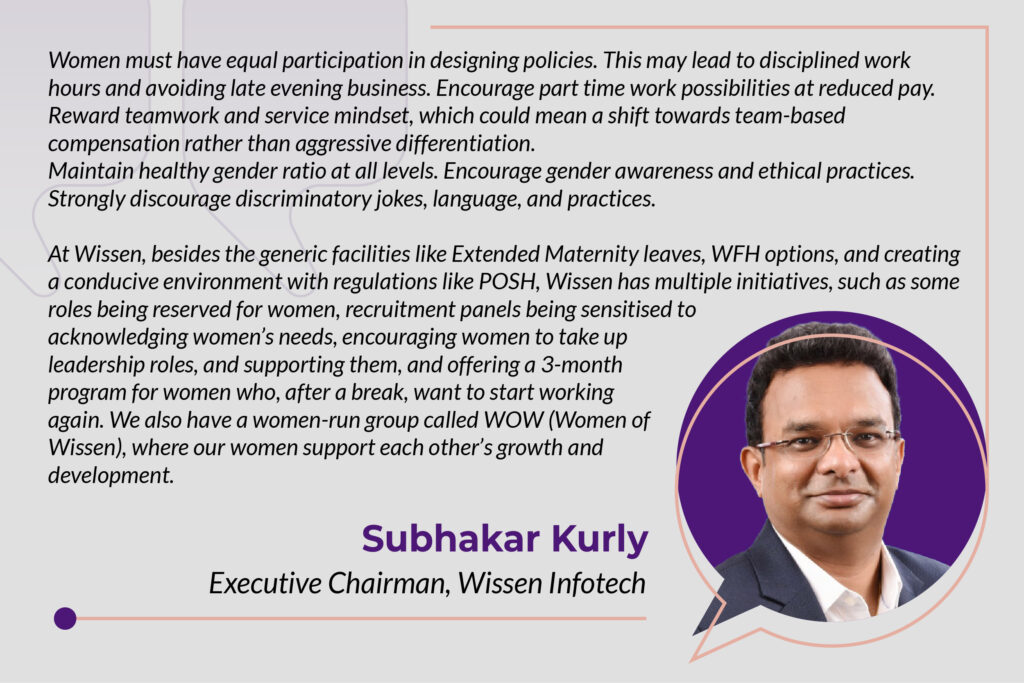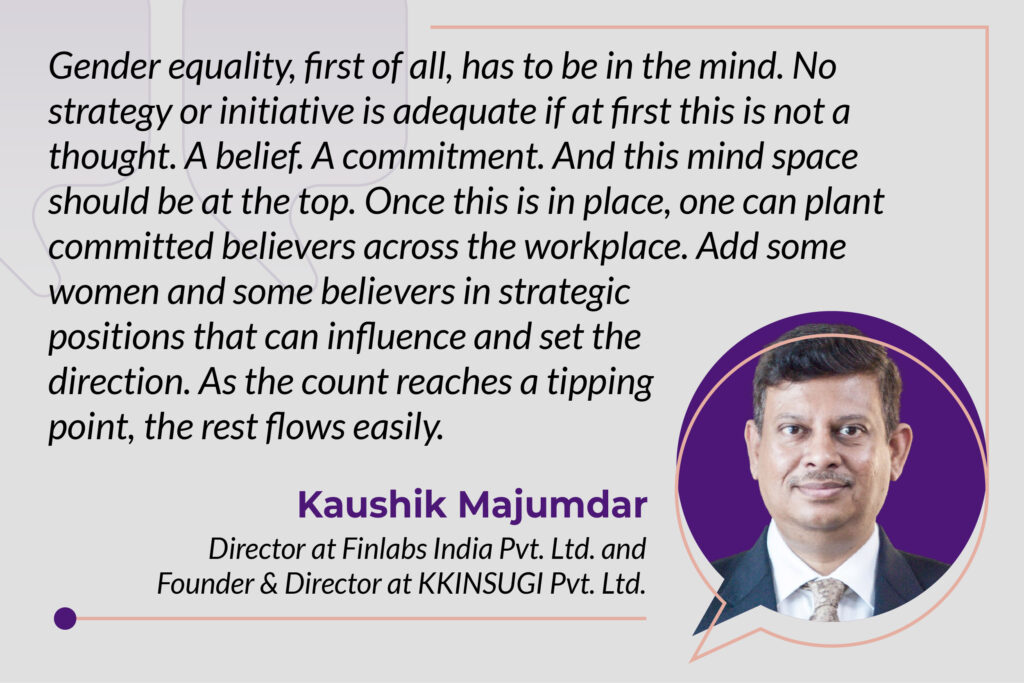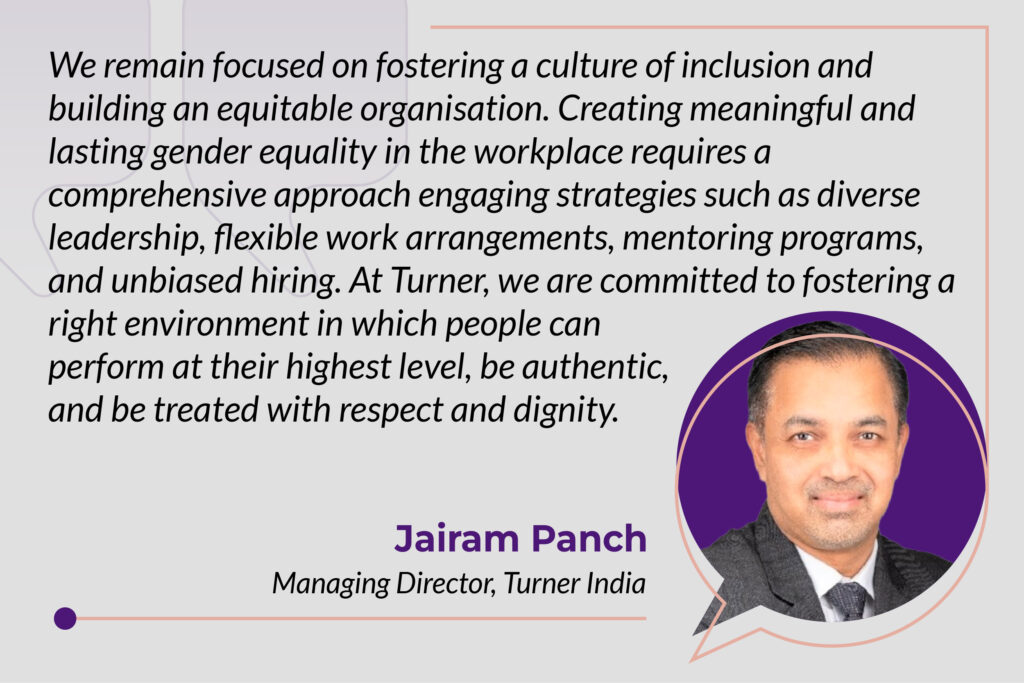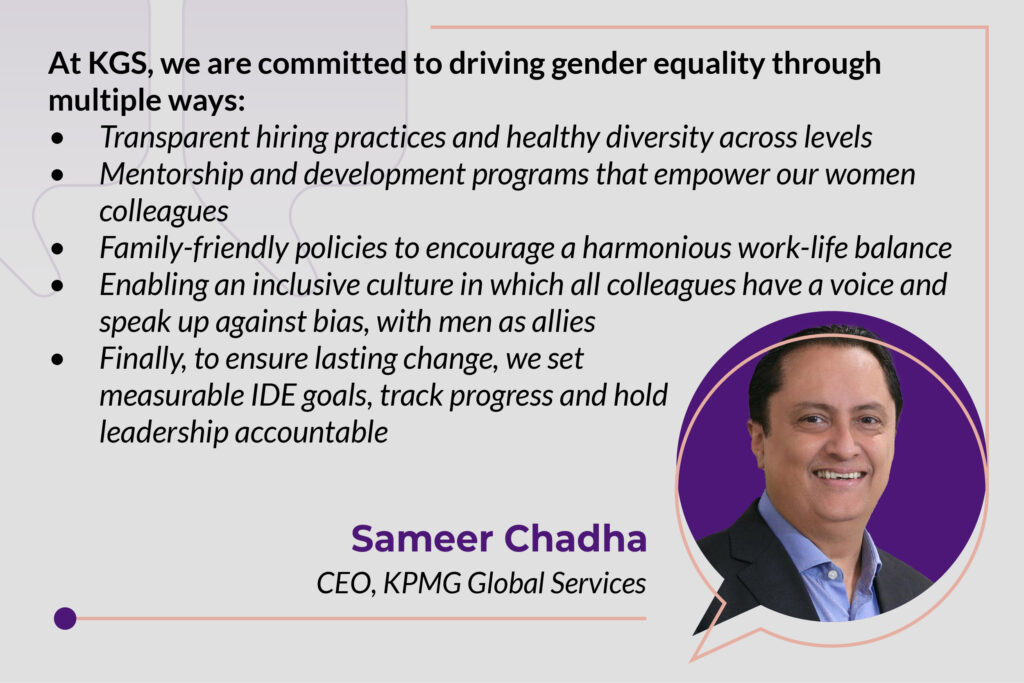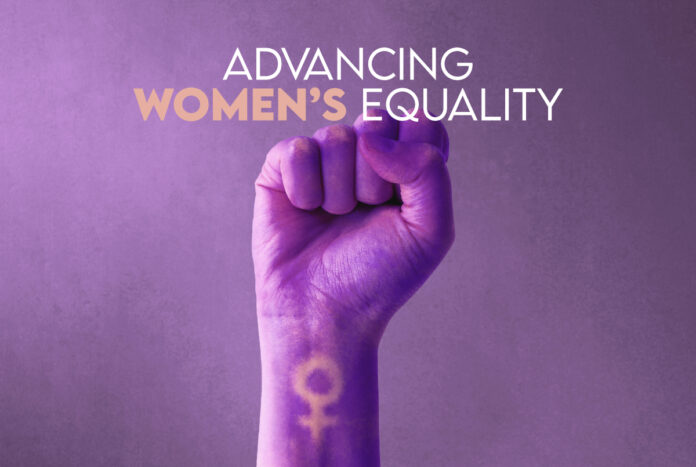Look through the pages of history, and you will see standout women that have been at the vanguard of creating change that is epochal in nature. They have often been the voices of courage, championing change where others seek the status quo. The advocacy of fearless women has led to landmark legislative changes, granting women control over their reproductive rights, protection against discrimination, and safeguards against gender-based violence. From battling for the right to vote to challenging gender norms, women’s contributions form an intrinsic part of the tapestry of history and, marking the forward progress of society.
Yet, despite remarkable strides forward, the journey towards true gender equality remains an uphill challenge. This is not just a goal to work towards, but a necessity to create a brighter, fairer, and more inclusive future for all.
Persistent inequalities
Progress has doubtlessly been made, with a three-fold increase seen in women’s hiring at mid-management to senior levels in 2022 as compared to 2021, as per the latest DivHERsity Benchmarking Report 2022-23.
Still, lingering inequalities persist in various forms, highlighting the urgency of sustained efforts. Gender pay gaps, under-representation in leadership roles, and systemic biases within institutions continue to perpetuate imbalances that hinder progress. And that’s just on the organisational front; the prevalence of gender-based violence and the persistence of harmful cultural norms remind us that the fight for equality extends to the most fundamental aspects of human dignity and safety.
Socioeconomic challenges
Women’s equality is not merely a matter of moral obligation; it is also a strategic imperative for societal advancement. Research consistently demonstrates that gender-balanced societies thrive economically, socially, and politically. A McKinsey report estimated that advancing women’s equality could add trillions to global GDP within a decade. By unlocking the full potential of half the population, we pave the way for innovative ideas, diverse perspectives, and sustainable development that benefits all members of society.
Looking ahead
As we stand at the crossroads of the 21st century, the call for women’s equality resonates with renewed urgency. The challenges of today demand a united front, where governments, institutions, and individuals collaborate to break down barriers. Embracing intersectionality—recognizing that women’s experiences are shaped by factors like race, ethnicity, socioeconomic status, and more—is crucial to ensure that progress is inclusive and equitable.
With this in mind, we spoke with myriad industry leaders on multifaceted dimensions related to women’s equality. As we engaged them, one truth became clear: the pursuit of women’s equality is not a singular endeavour, but a shared commitment to forging a world where every woman’s potential can flourish without hindrance.

